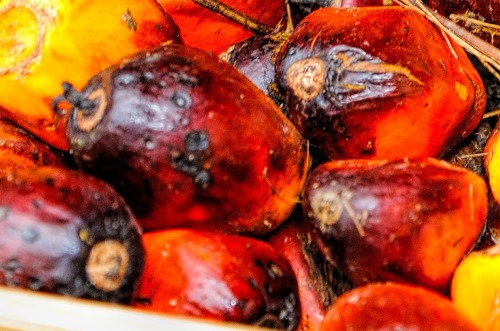Malaysia’s Palm Oil Fundamentals Are Positive but Shifts in Other Variables May Limit Downside Opportunities for Buyers

The Malaysian palm oil board has released palm oil industry performance data for October. The numbers for last month published just last week are all positive, which has weakened prices. The supply and demand picture is relatively strong following higher production, inventories which continue to edge up and a lackadaisical demand from top buying countries.
Historically, the 4th quarter has been the start of the peak production season in Malaysia. Malaysia recorded its highest October production in 4 years and only marginally, a little over 30 thousand mt lower than the 5-year average of 1.84 million mt. Crude palm oil production for October was estimated at 1.83 million mt having registered an increase of 2.59 % MoM increase the previous month of September at 1.77 million mt. That said, production has reached its peak and would edge down this month and in December.
Amid an absence of follow-up purchasing from destination markets like India and China, inventories are building up in Malaysia. Also, the competitiveness of Indonesian palm exports against that of Malaysia on the backdrop of the former extension of its policy of waiving its palm oil export levy until the year is adding additional pressure.
Malaysia’s total palm oil stocks comprising crude palm oil and processed palm oil is up 3.8% on the month to 2.4 million mt. inventories have bucked the trend of previous years and it's the highest it's been in October since 2019. In the previous year, by October, stock numbers are seen edging down, but this is not the case this year. It has rather gone up 31% YoY which should prompt authorities on the next step to take to clear out some of their available stock.
Crude palm oil stocks are also up 33,592 mt to 1.31 million mt in October. Similarly, processed palm oil stock was also up by 54,663 mt to 1.09 million mt. Additional pressure is mounting exports to destination countries that have not been strong as in previous years. The 1.5 million mt of palm oil exports in October is only higher than that of the same month the previous years but it’s at the nadir of exports in the month of October in 5 years. The 5-year average export in October is 1.57 million mt, higher than Malaysian exports last month.
Current fundamentals look bearish for palm oil into the last quarter of the year, but the situation is predicted to change and move to bullish in the new year. The supply and demand balance will be disrupted by changes in weather, unfavourable geopolitical development in the Black Sea region, currency volatility and mid-season production curbs that will keep the market tight. At current prices, Tridge’s advice would be to take advantage of the downside and take cover into 2023.




